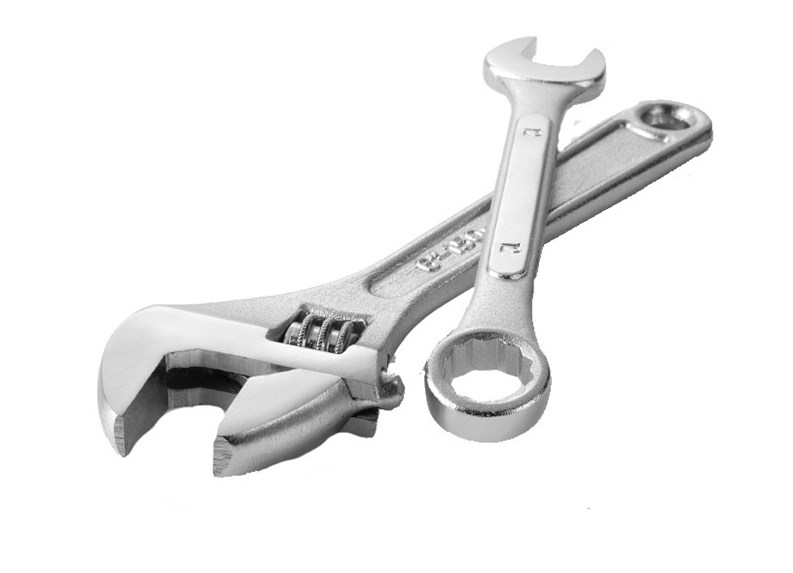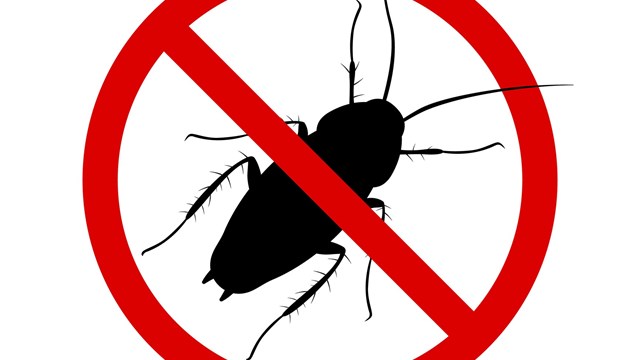Garbage is a problem that every city has to deal with. In New York City alone, it's estimated that every person generates 2.5 pounds of garbage a day. Given a population of roughly 8 million, that garbage piles up into unsightly heaps very quickly, not to mention attracting vermin, too. Boards and management of buildings need to help tenants and shareholders understand proper trash disposal - to help city refuse workers dispose of it easily and efficiently, but also to reduce the unpleasant impact of garbage waiting for pick-up day.
Of the many trash-related problems facing residential buildings, the biggest is probably storage of trash between pick-ups. Poorly stored trash attracts unwanted urban wildlife and makes for an ugly and noxious landscape.
"Storage of waste is an ongoing challenge," says Taryn Duckett, public information officer for the New York City Department of Sanitation (DSNY). "At times the receptacles overflow, which can potentially cause an odor and vermin issue. We urge residential buildings to bag their refuse in proper leak-proof, heavy-duty black plastic trash bags to alleviate odor and rodent infestation."
This was not always the case. Prior to their banning in the late 1960s, incinerators were the main form of garbage disposal in the city. In 1968 however, incinerators began to be phased out because they did not meet the requirements set forth by the Clean Air Act. Their final ban came in the 1980s.
"The way that building incinerators were constructed, there was no way to meet the new requirements," says Alan Levitt, owner of Apple Compactor Corp. in Woodside, Queens. "It would have been way too expensive - if it was possible at all - to upgrade those systems. So they had to be replaced with compactors."
According to Glenn Clark, assistant vice president of operations for Refuse Systems Corp., a large garbage management firm and distributor in the Bronx, "Back in 1968, everyone had up to two years to submit plans to the city for the conversion. The compactor company had to demolish the incinerator and cart away the brick to make room [for the new compactor], because the incinerators didn't occupy very much space. They were almost like walk-in closets."
"There was already a trash chute there," Clark continues, "And after the [incinerator tear-out], we would position the hopper - which is what is like a metal throat or funnel - under the shaft to receive the garbage. Then and now, we use an electric beam of light that's broken through a series of electrical relays to trigger the compaction process, in which a ram pushes garbage through a narrow discharge area into a chamber where it's bagged."
And therein lies part of the challenge posed by compactors. "Incinerators didn't make much garbage, since it was all burned," says Michael Importico, president of Tower Recycling Systems based in Atlantic City, New Jersey. "After you burn something, there is very little ash left, compared to the size of the trash that was there."
In contrast to incinerators, trash compactors stuff the now compacted trash into bags, which are then taken to the curb where they're sometimes stacked six feet high. And that's where the wildlife comes in.
"At night," says Importico, "the rats wait for the bags to be stacked and then they go and have a picnic."
But given the notoriety of New York rodents, shouldn't city-dwellers be required to put their trash in closed containers?
"That's always surprised me," says Levitt. "That we've never had any laws requiring building owners to store compacted garbage in some sort of container to keep the rodents from getting at it."
According to Importico, other cities - including Atlantic City, where his firm is based - use 96-gallon plastic carts with lids and wheels called "toters" that are loaded with the compacted bags and rolled out to the curb. New York doesn't use them because of the added expense and already-crowded city streets and sidewalks.
"Maybe the city will eventually look at this option," says Importico. "It would make things much cleaner and more presentable."
Until the city comes up with another method of handling garbage curbside, it's up to residents to do their part to improve the situation. According to Duckett, there are a number of ways co-op and condo communities can help.
First of all, use the guidelines found on the DSNY's website
Levitt agrees. "Lack of cooperation among tenants in separating the recyclables from the regular garbage is a huge issue for supers."
Clark seconds that, and adds that technology is being applied to help make supers' recycling tasks easier. "There's a system available called the NuReTec-3000 that's becoming more affordable, and is J-51 approved," says Clark. J-51 is a citywide tax exemption program that provides abatements for a building's capital improvements.
"It's automatic, with wires to the garbage chute doors on every floor. Adjacent to the door is a little panel with three illuminated buttons: one is for garbage, one is for paper and one for bottles and cans. Depending on what you want to dispose of, you press that button and it sends a signal downstairs to move these very thick metal plates into position to guide that particular recyclable into its proper receptacle. It's automatically separated, which saves buildings thousands of dollars in man-hours and summonses from the Department of Sanitation."
Along with that, says Duckett, you can make it easier on your building's superintendent by not being sloppy with your trash. In smaller buildings, tenants are responsible for putting their garbage out, but buildings with 22 units or more are required to have the superintendent put the compacted garbage curbside. By sorting garbage properly, tying bags tightly, and double-bagging particularly messy or foul garbage, you save your super a lot of time and trouble with a job that can be unpleasant enough already.
Lastly, says Duckett, understand how to deal with large, potentially hazardous waste materials, such as cleaning products, chemicals, paint, or construction debris. The Department of Sanitation's website has lots of very specific information about various substances, but here are a few tips from Duckett:
"If a cleaning product container still contains solution, contact the management office for further instruction," she advises. "If you're discarding latex paint, let the paint dry and then dispose of the container. If you're using oil-based paint, fill the container with cat litter to soak up the contents. And building managers should call private contractors to cart away construction debris."
Another big garbage-related challenge involves dealing with a building's garbage chute - the shaftway that used to serve as the chimney for long-gone incinerators.
"Tenants often throw garbage down the chute that's not intended for the compactor, such as the Sunday
"I don't think you have as much of a problem in co-ops and condos," adds Levitt. "When you have people who are actually shareholders in the building, they tend to be much more responsible with their building than tenants in rental buildings are."
"Another problem is sending stuff down that is too big for the chute," says Importico. "Coat-hangers, blinds - things like that will start jamming up the chutes and make more work for your manager or super. Try to keep your garbage bagged so trash doesn't get loose and start hitting the walls of the chute, which will contaminate it and make it dirty and smelly."
According to Levitt, the cleaning of trash chutes is a relatively new endeavor. Up until five or so years ago, no one thought much about them. Since then, however, chutes have become a pretty big business in the city.
However, "I can't tell you how many building managers still have not caught on to the importance of chute cleaning," says Clark. "For us it's a great business, but the fact of the matter is it should be done."
Companies like Clark's and Importico's use two main methods of chute cleaning: one is physical - a worker uses a metal guide with a hose and nozzle inside to spray a degreaser into the upper end of the chute that then runs down the length of the shaft to the lower floors and breaks up the accumulated grease on the chute walls. Once that's done, a high-pressure water spray washes away any remaining muck.
The other system is automatic. "It dribbles degreaser down the shaftway and soft-washes the chute," says Clark. "Generally, the superintendent will set it to go on, say on Sunday night in the wee hours when no one is really expected to use the chute."
The cost for a major chute cleaning can vary, depending on the company and method a building chooses, but on average, the cost is around $75 per floor. Automatic chute washers run about $1,000, plus the cost of reordering the degreaser, which according to Clark costs around $100 for a five-gallon pail, which should last a good-sized building a few months.
"People who clean their chutes are pretty satisfied with it and seem to want them cleaned every six months," says Importico. "An hour after we're done cleaning it though, you know somebody's going to throw a jar of tomato sauce down the chute and dirty it again, so it's very hard to maintain."
Garbage is a necessary fact of life, but only by being aware of proper disposal and storage techniques can we keep our buildings - and our city - clean and safe.







4 Comments
Leave a Comment